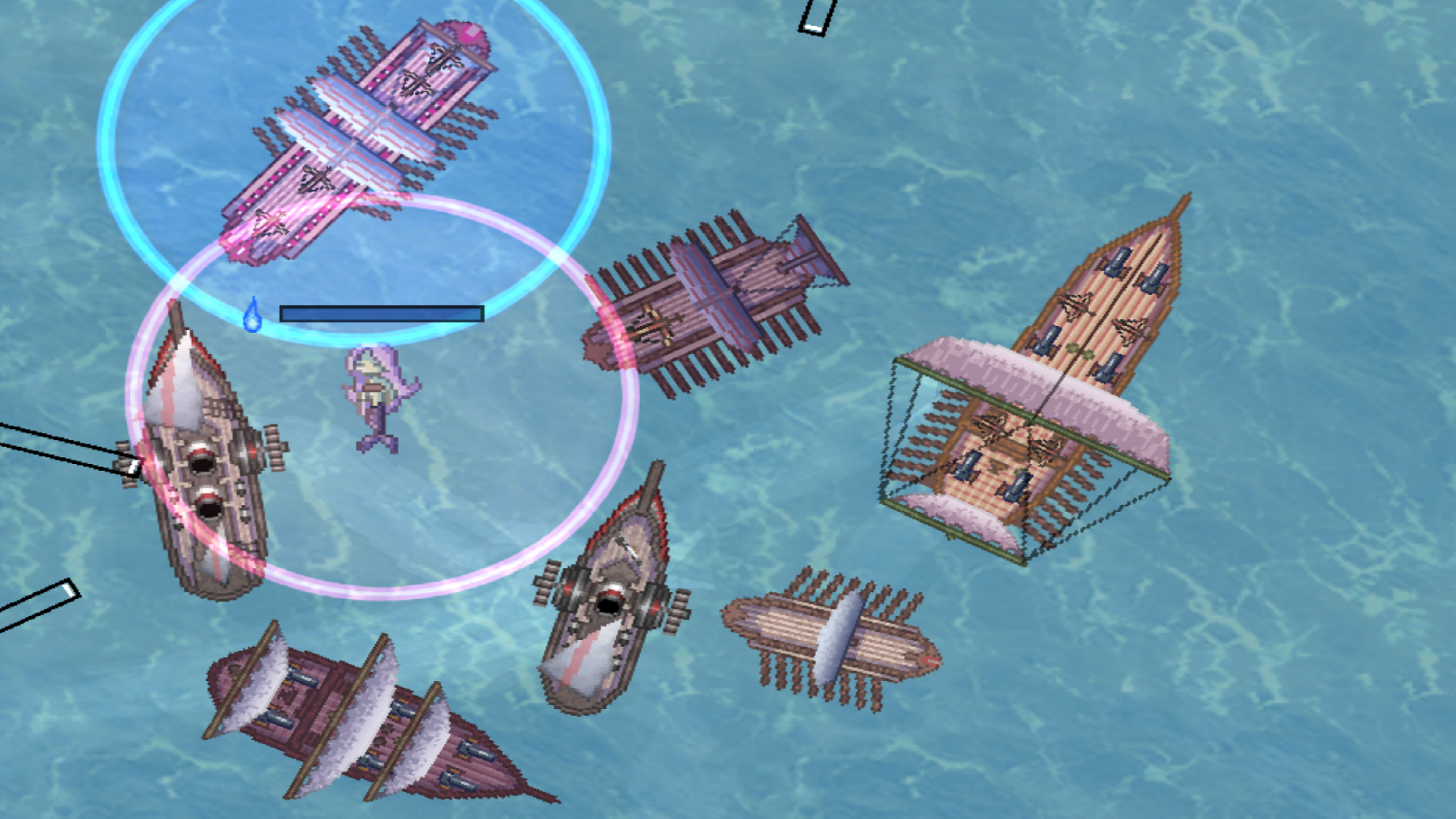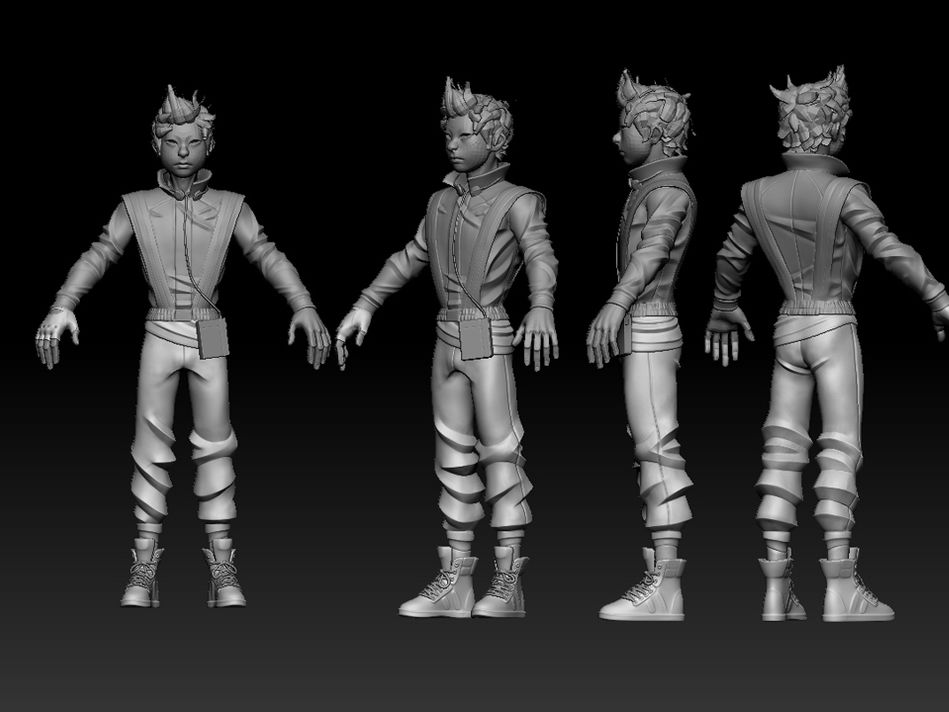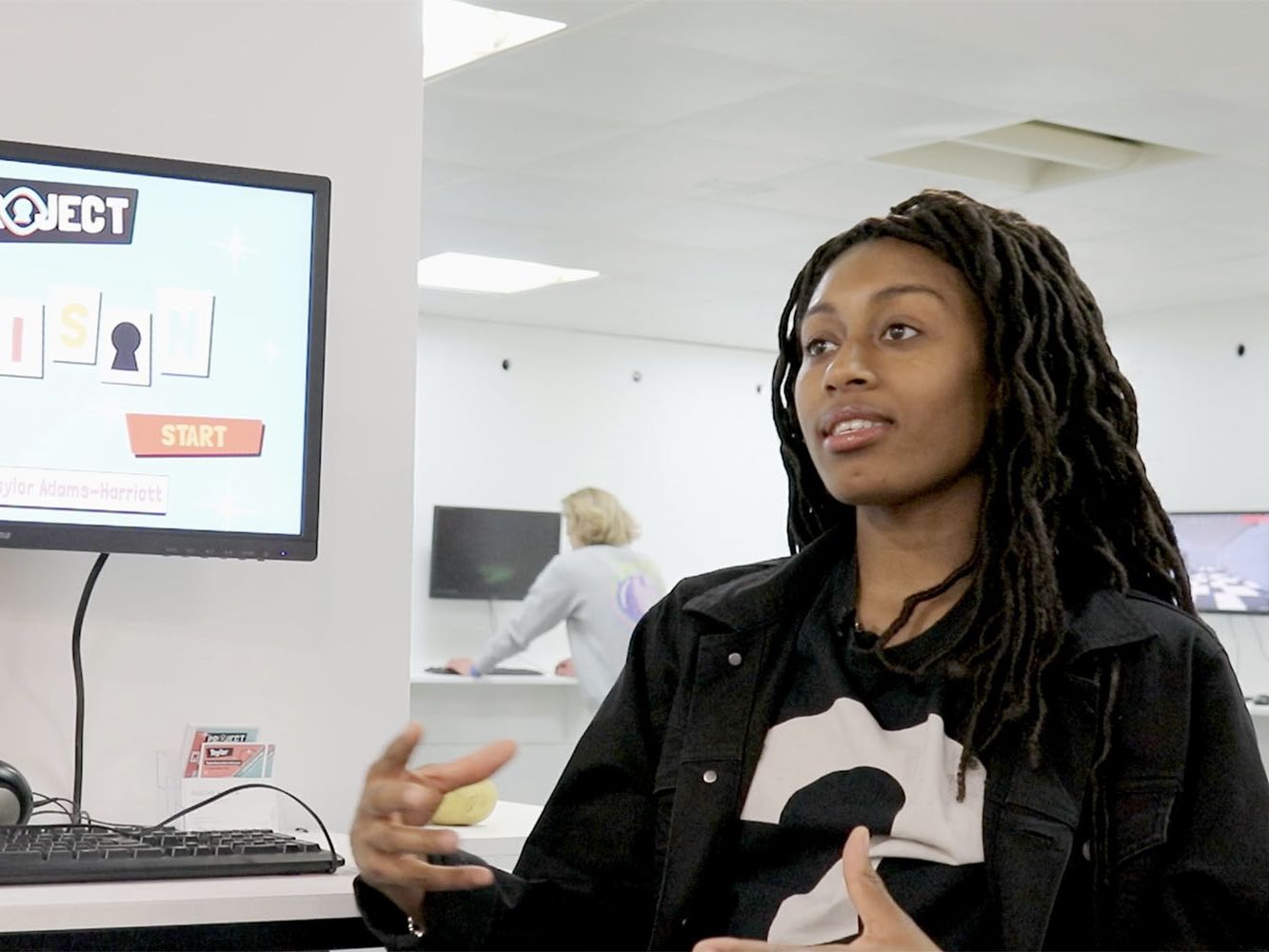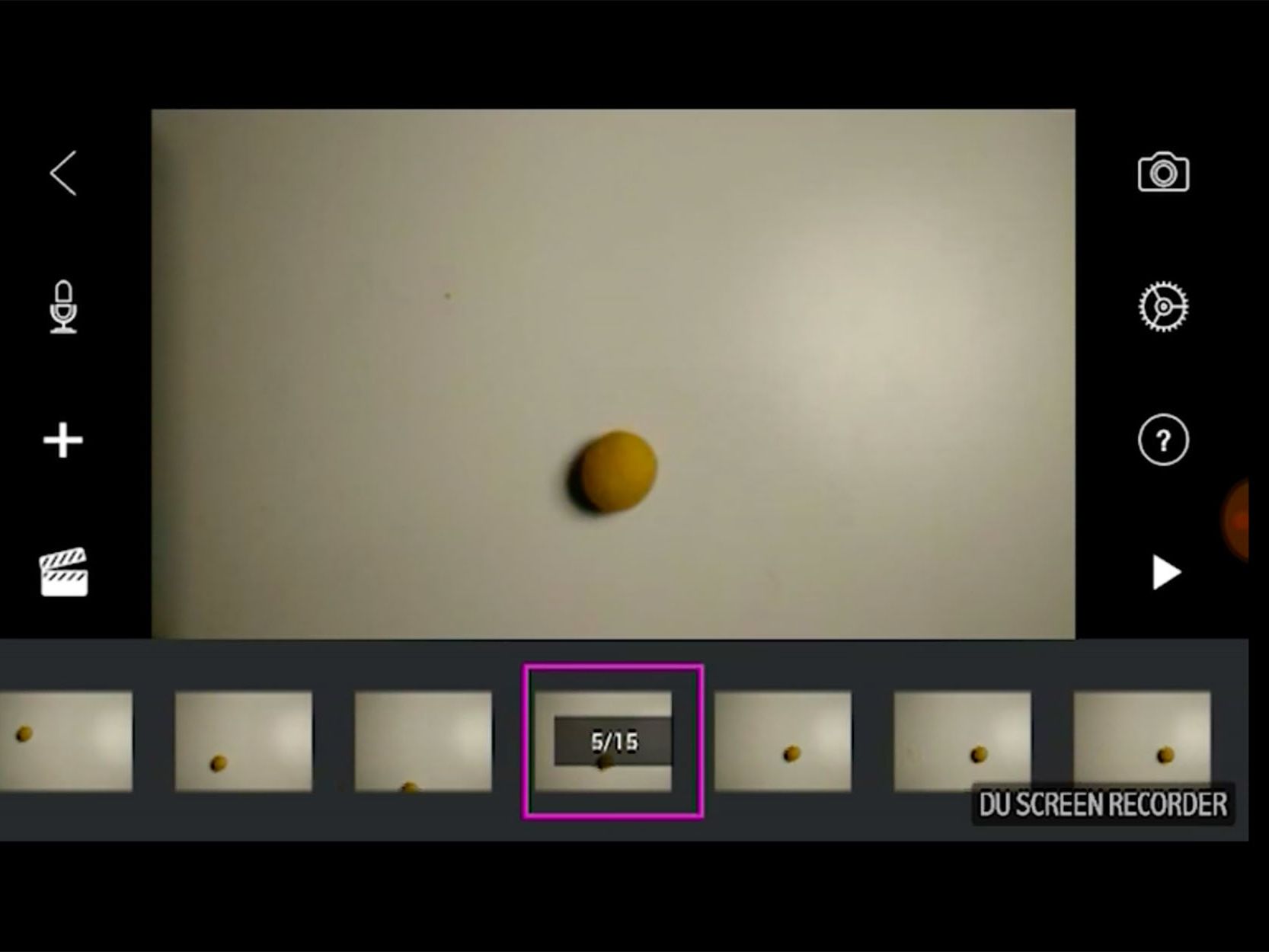Since the early 21st Century the games industry has become democratised, meaning individuals and small teams can create, distribute and make a livelihood with fresh and unique games experiences. Many of these creatives share similar qualities: they are decision-makers and problem solvers; critical yet constructive and pay close attention to detail. These hard-working, visionary individuals are passionate, creative and curious with logical minds and have hobbies other than games.
So what exactly is games design? It is the process by which a creator (game designer) recreates (simulates) part of reality as an interactive experience (game). This is then encountered by a participant (player/spectator). Rules are revealed (boundaries) through a challenging yet satisfactorily achievable (fulfilment and reward) experience (gameplay). Through this meaningful play (the meaning) emerges.
The one thing to be remembered is that a game is not an idea. It is a prototype, playtested, evaluated, and refined many times over.
If you decide to study games design, throughout the course you will be introduced to the theoretical, technical and design skills necessary to work on games with any thematic context in varied digital and analogue mediums.
Here are some examples ranging from games created during Insights Summer Schools to final year degree projects. Some of those featured are already promoting or distributing their games on Itch.io, an ‘open digital market place for independent creators’.
Sonny Austin: Chase game
Witch Hunt
Video: Screen recording from ‘Witch Hunt’, Sonny Austin, created during 5-day Insights Game Design Summer School, 2019.
The initial project idea was a simple one-on-one chase game. However, early tests proved that it lacked fun and was quite tedious. Through iteration process (developing and testing), a second enemy was introduced. Then, code was unified to allow an unlimited amount of enemies and spawning points (location points where more characters are created – in this case, enemies). The final choice was to adjust the colour pallet to resemble a ‘torch-carrying mob’ like you would see during witch hunts. This final development gave the game a thematic context.
Luca Cavozzi: From paper prototype to digital game
The Woodpecker and The Lion
Video: Development boards and screen recording for ‘The Woodpecker and The Lion’, Luca Cavozzi, BA (Hons) Game Design Year 1, 2018-2019.
This game – like many of Luca’s other projects – started as a paper prototype that could be easily explained and tested to understand core game rules and interactions using basic visuals. From there it was converted into a digital ‘ZX Spectrum’ inspired prototype using C# programming language and Unity games engine. This allowed Luca to interact and fine-tune test via Sandbox software. The final piece has hand-drawn visuals and additional interactions implemented to make the game even more challenging – e.g., saliva and heavy breath.
Lucas Casas: One-on-one boss fight
David vs Goliath
Video: Development boards and screen recording of ‘David vs Goliath’, Lucas Casas, BA (Hons) Game Design Year 1, 2018-2019.
Lucas’ final project was inspired by ‘Shadow of Collusus’, where initial sketches underlined the importance of a sequential battle system and focused on the boss (the key character in the game) movements. The final boss was separated into individual limbs to allow more fluent movement and a better understanding of Unity’s animation system as well as the complexity of the multi-stage battle system. Lucas’ project shows that it’s not a bad thing to take inspiration from existing games.
Thomas Lam: Myth inspired game
Lorelei
Video: Development boards for ‘Lorelei’, Thomas Lam – BA (Hons) Game Design Year 1, 2018-2019.
As pixelart is Thomas’ hobby, the project focused from the early version on getting all underlying mechanics and systems right. This included artificial intelligence (AI) detection, avoidance and collision systems to the main character and Siren’s enchanting interaction. Sea visual effects were based on particles and custom physics. The scoring system functioned as a time travel device – meaning at certain points, interaction activates historic boss fights – and you move through the different ages, from Oak, through Sail to Steam including gameplay based on the Argonauts.
Pauline Martyn & Taylor Adams-Harriott: Simulator game
Project Madison
Video: Development boards, press features and screen recording for ‘Project Madison’, Pauline Martyn & Taylor Adams-Harriott – BA (Hons) Game Design Year 3, 2018-2019.
The final piece as highlighted by Rock Paper Shotgun is an office simulator with a twist and set in a climate of Mad Men. Taylor was responsible for the art and principal programming (and pursues her career in MSc in programming). Pauline was responsible for narrative design and story/AI systems and is in full-time employment as a junior narrative designer at Ubisoft Reflections, where the game was used as part of her application process.
Find ‘Project Madison’ on itch.io
Amalie Kaeseler: Platform to role-playing game
The Reign of King Jante
Video: Development boards and screen recordings of ‘The Reign of King Jante’, Amalie Kaeseler – BA (Hons) Game Design Year 3, 2018-2019.
This final project was inspired by the concept of Janteloven (the law of Jante). It’s taken from the highly society-critical novel ‘En Flygtning Krydser sit Spor’ (A Fugitive Crosses His Tracks) by Aksel Sandemose (1933). It was originally envisioned as a platformer with bird-like characters becoming more enslaved, and yet more powerful with each chain of the new law. However, as it developed, Amalie turned it into a narrative-driven role-playing game (RPG) of a rebellious hero nobody needs or wants. Amalie’s work offers an alternative to Joseph Campbell’s standard concept of ‘The Hero’s Journey’. It shows you can source inspiration from all types of literature and cultural influences.




